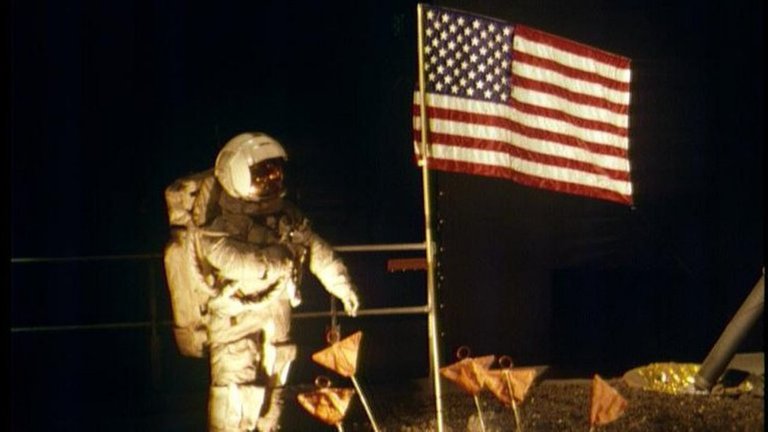and you've seen yourself in the middle of an argument where someone tries to convince you that Brazil has purposely missed the 1998 World Cup, or even that the Earth is flat, you know people love a conspiracy theory.
But is there a neurological reason that explains why many people still doubt that the man went to the moon or that Elvis Presley died?
One of the images of Hurricane Matthew, which passed through the Caribbean in 2016, generated debate on the internet. Many people have seen the "face of death" or even a dinosaur in the satellite record of NASA, the American space agency.
Unexpected vision is the result of a psychological phenomenon called pareidolia, which consists of recognizing patterns or making random data connections with images or objects.
It is from this need that the human brain has to decipher patterns, whether from images, sounds or facts, that arises, for example, the mania of associating the shape of clouds in the sky with animals.
The phenomenon also explains the "satanic messages" that some people swear to hear when certain songs - tracks from old recordings by then-infantile presenter Xuxa, for example - are played back on the record player